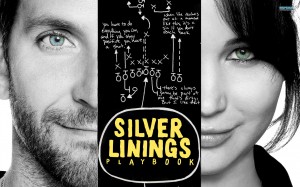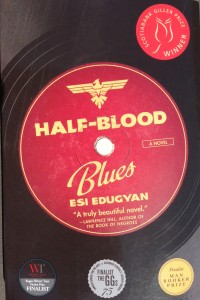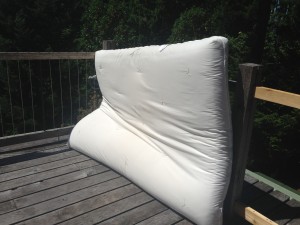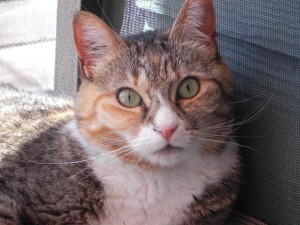Come in, sit down, have a cup of tea. I want to tell you a story.
Truly, I tell you, I’ve been absconded by fairies this past three days, and taken on a fanciful journey. My body aches with fatigue, my head spins, my spirit soars, and my feet have not yet returned to the ground.
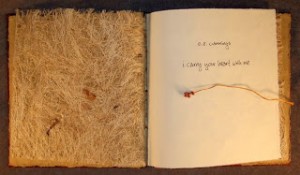 Yesterday I felt I could not write a blogpost, I had nothing to say, I was bored with blogging, I did not care. But I realize that yesterday I was still in thrall, and only today am I able to tell you about it. But quickly before I fall asleep.
Yesterday I felt I could not write a blogpost, I had nothing to say, I was bored with blogging, I did not care. But I realize that yesterday I was still in thrall, and only today am I able to tell you about it. But quickly before I fall asleep.
ARTIST STUDIOS
This past weekend brought yet another expression of the boundless creativity and rich cultural life that this small, rural island community contains – namely the annual Denman Island Artists Studio Tour. While there are more artists per capital on this small island than just about anywhere else in the country, just twenty or so are featured each year on the tour, and of these I spent part of the weekend visiting but a few.
While there are many talented painters, photographers, potters, sculptors, metal artists and quilters, etc. here, there are just two or three artists who’s medium and offerings stirred my soul and that I want to share with you. Firstly, Studio Angelika, where Angelika Saunders creates “mixed media collage with hand-made papers” as well as sculptural objects and handmade boxes, in a beautiful seaside cottage setting, using a variety of natural and found materials and objects was a revelation.
MAGICAL MIXED MEDIA
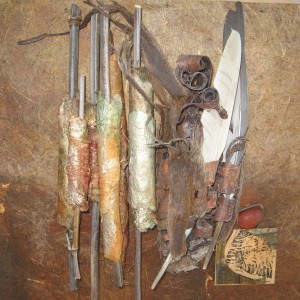 Angelika’s creativity is boundless, and her sensitivity to colour, texture and composition truly inspiring. On my own artistic journey, I have always been particularly drawn to mixed-media collage and assemblage sculpture.
Angelika’s creativity is boundless, and her sensitivity to colour, texture and composition truly inspiring. On my own artistic journey, I have always been particularly drawn to mixed-media collage and assemblage sculpture.
In Angelika’s hands, fibres and scraps of nature that common mortals would walk past, such as dry twigs and the lacy skeletal remains of leaves, feathers, sea shells, stones and bits of rusty metal, become gems that find their way into her skillful compositions. She generously and enthusiastically demonstrated her paper-making technique when I expressed a particular interest, and I can hardly wait to get my hands on some tools and materials to try my hand at this fascinating craft, not to mention all the things one can do with the paper.
SPIRITUAL PLACE-MAKING
The second studio tour that moved me was Dragonfly Knoll Gallery, home of John Tallerino and Marc Randall who engage, respectively, in assemblage shrines and hand-made books. You’ll soon see the connection.
 The entire atmosphere at Dragonfly Knoll is serene and magical. These two spiritual gentlemen have created an entire world around their lovingly hand built home using recycled heritage windows and doors, romantic dormers, embracing porch upheld by gnarled tree trunks, a garden filled with insightfully placed shrines and objects of beauty and spirituality, from gongs made of rusted iron to wire, mesh and glass dragons in flight, to clockwork Steampunk-inspired chicken sculpture. Their studio, made up of several charming”rooms” along this corridor (my old architecture prof Brian MacKay-Lyons would have loved it), was one of the most comfortable, inspiring spaces I’ve ever felt. While I love John’s shrines, I fell in love even more with the place, made up of all these bits of evidence of the mindful, centred and inspired way that John and Marc live. It was Hobbit-like, in some ways, and a place I could imagine easily spending three hundred years, with never a moment bored or restless.
The entire atmosphere at Dragonfly Knoll is serene and magical. These two spiritual gentlemen have created an entire world around their lovingly hand built home using recycled heritage windows and doors, romantic dormers, embracing porch upheld by gnarled tree trunks, a garden filled with insightfully placed shrines and objects of beauty and spirituality, from gongs made of rusted iron to wire, mesh and glass dragons in flight, to clockwork Steampunk-inspired chicken sculpture. Their studio, made up of several charming”rooms” along this corridor (my old architecture prof Brian MacKay-Lyons would have loved it), was one of the most comfortable, inspiring spaces I’ve ever felt. While I love John’s shrines, I fell in love even more with the place, made up of all these bits of evidence of the mindful, centred and inspired way that John and Marc live. It was Hobbit-like, in some ways, and a place I could imagine easily spending three hundred years, with never a moment bored or restless.
I was also very moved by Marc’s lovingly hand crafted books, with their hand-made papers (see the pattern?), whimsical embossed and hand dyed leather covers, carved and polished wood, and hand stitched bindings. I want to rush right out and take a workshop on hand-made books, and begin this exploratory creative journey myself. Somewhere in the muddled mix of hand-made paper and books, and mixed media collage is my own spirit scratching in its attempt to find expression.
INSPIRED STORYTELLING
What, you might ask, has any of this to do with loss of sleep? Well, in addition to touring artist studios over two days, and having my sensibilities and spirit carried away on a corporal plain, I spent almost every waking hour reading one of the most compelling novels I’ve read in a long time.
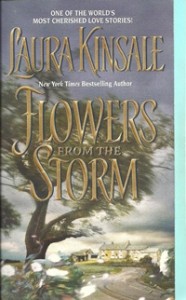 I inadvertently discovered author Laura Kinsale last week through a Smart Bitches, Trashy Books review, and after sampling Nick Boulton’s delicious voice on samples of her audiobooks, I became intrigued by Laura’s storytelling and downloaded an e-book of Flowers from the Storm. Once I began this amazing, compelling tale, I literally could not put it down. At my age, all-night reading binges are not well-advised, and yet I watched the dawn light creep into my bedroom windows two of the past three nights as I turned page after page after page of this beautiful story.
I inadvertently discovered author Laura Kinsale last week through a Smart Bitches, Trashy Books review, and after sampling Nick Boulton’s delicious voice on samples of her audiobooks, I became intrigued by Laura’s storytelling and downloaded an e-book of Flowers from the Storm. Once I began this amazing, compelling tale, I literally could not put it down. At my age, all-night reading binges are not well-advised, and yet I watched the dawn light creep into my bedroom windows two of the past three nights as I turned page after page after page of this beautiful story.
The hero, Christian Langland, Duke of Jervaulx, suffers a cerebral hemorrhage, and his journey of suffering, madness and recovery, in stark contrast and complement to the spiritual struggle of the pious Quaker heroine, Archimedea Timms, makes this a one-of-a-kind love story.
I found Christian’s handicap with language fascinating, and as he emerges from the fog of his damaged brain, and expresses himself with increasingly complex vocabulary and sentence structure, Maddy and his close friends adjust and simplify their own speech to make themselves understood by him. At the same time, the tempo and rhythm of Laura Kinsale’s prose is deeply affected by this linguistic transformation so that we began to see and feel and breath in the stark, staccato, powerful jumbled poetic word arrangements of the hero, and this begins to feel normal. Better than normal, somehow. No ordinary historical romance this, an absorbing and compelling tale of human suffering and redemption, as well as a deeply moving love story that will stay with me forever.
While on the one hand I want to buy and read everything Laura Kinsale has written, a part of me wants to dwell in Christian and Maddy’s world for a while yet. And I’m left with an even greater dilemma, which is, should I spend my precious hours here on earth reading, writing or pursuing creative and spiritual expression in visual arts? There never seems to be enough time to do it all. And in the end, we still have to sleep.
Tell me what inspires or excites you. Do you have obsessions that keep you up all night? Are you a compulsive reader, or an artist that finds beauty in the ordinary world?

